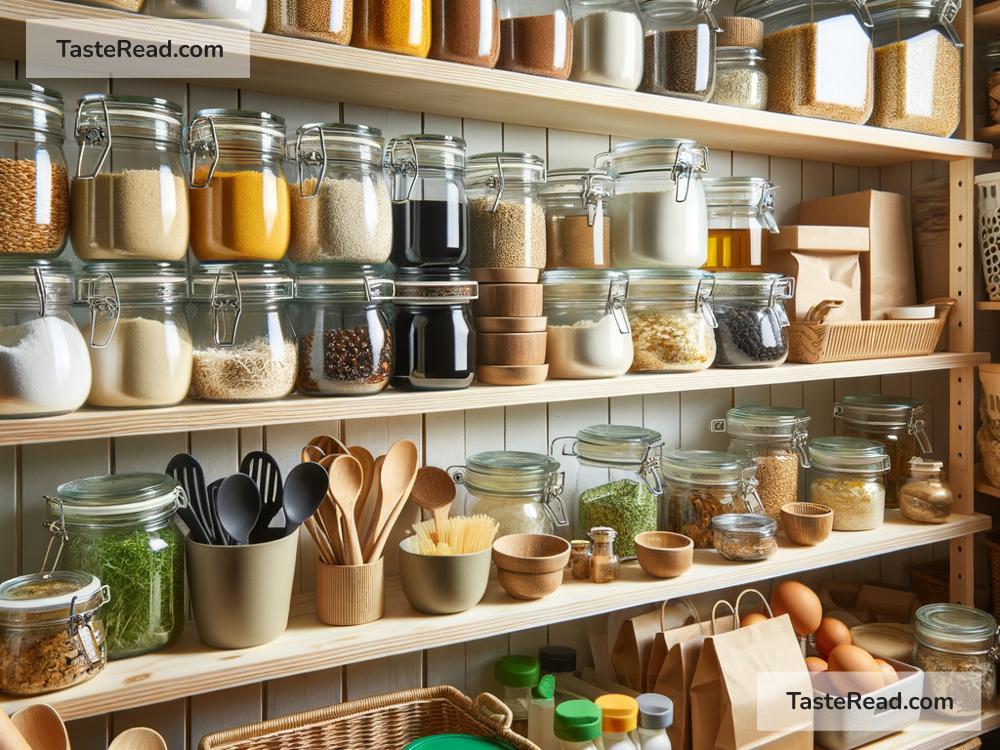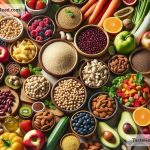Choosing Low-Waste Packaging for Cooking Ingredients: A Guide to Sustainable Kitchen
In today’s world, where plastic and waste are huge problems for our environment, choosing low-waste packaging for our cooking ingredients can make a big difference. But where do you start? And how do you make choices that are good for the planet without sacrificing the quality of your food? Let’s dive into some simple steps to help you choose low-waste packaging for your cooking ingredients, keeping your kitchen both eco-friendly and functional.
Start with Understanding Packaging
First things first, understand what the packaging is made of. Common packaging materials include plastic, glass, metal, and paper. Of these, plastic is the most problematic due to its non-biodegradable nature and the harmful chemicals it can leach into food and the environment. Glass, metal, and paper, on the other hand, are more easily recycled or even reused. When shopping, try to opt for these materials instead of plastic.
Shop from Bulk Bins
One of the most direct ways to reduce packaging waste is to buy your cooking ingredients from bulk bins. Many stores offer grains, nuts, seeds, and even spices in bulk bins where you can fill up your own containers. This method not only cuts down on packaging but also allows you to buy exactly the amount you need, reducing food waste too. Make sure to have a stash of clean, reusable containers and bags at hand for these occasions.
Choose Recycled and Recyclable Packaging
Whenever you have to buy products in packaging, look for ones that are made from recycled materials and are also recyclable after use. This ensures that the materials stay in circulation longer and reduce the need for virgin materials. Paper and cardboard options are often good choices, as they are both made from renewable resources and widely recyclable.
Embrace Reusable Containers
Invest in a set of good quality, durable containers for storing your ingredients at home. Glass jars and metal tins are excellent choices as they can last a lifetime and maintain the freshness of your ingredients. By transferring bulk-bought or loose items into these containers at home, you minimize your reliance on single-use packaging.
Support Brands with Refill Programs
Some eco-conscious brands have started offering refill programs for their products. This means you can buy the product once in a container and then buy refills that come in less packaging or are even package-free. These programs are great for items like oils, vinegars, and even certain spices. Supporting these initiatives shows companies there’s a demand for sustainable packaging solutions.
Avoid Individually Wrapped Items
It might seem convenient to buy individually wrapped items, especially for snacks and quick meals, but this convenience comes with a cost to the environment. Opt for larger packages or, better yet, buy in bulk where you can. If you need individual servings for on-the-go or portion control, consider dividing the products into reusable containers at home.
DIY Your Ingredients
If you’re up for a bit of kitchen adventure, making some of your ingredients at home can drastically reduce packaging waste. Items like bread, plant-based milk, sauces, and even some cheeses can be made at home with very minimal or no packaging involved. Plus, this approach lets you control what goes into your food, making it healthier.
Educate and Advocate
Finally, while making these choices, it’s also important to spread the word and advocate for less wasteful packaging options in your local stores and community. The more people ask for sustainable options, the more likely stores are to stock them. You can also support legislation or initiatives aimed at reducing packaging waste.
Wrapping it Up
Choosing low-waste packaging for cooking ingredients might seem challenging at first, but with these simple steps, it becomes an achievable and impactful way to contribute to a healthier planet. Start small, incorporate these practices into your day-to-day life, and soon, you’ll find that a sustainable kitchen is not just a dream but a reality. Remember, every little effort counts when it comes to protecting our environment. Your choices matter, and with them, you’re crafting a better world, one ingredient at a time.


